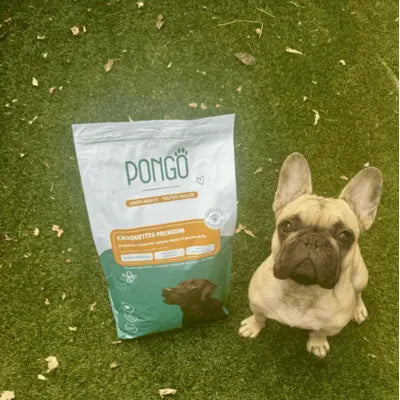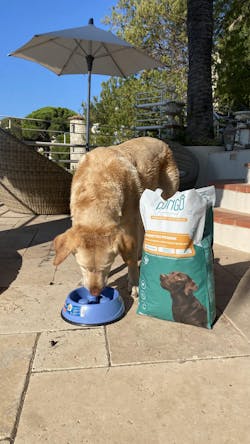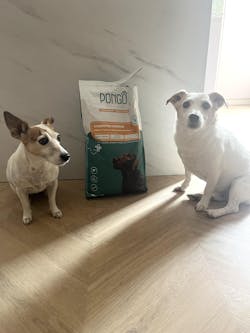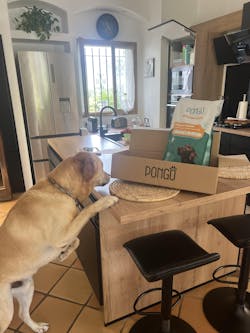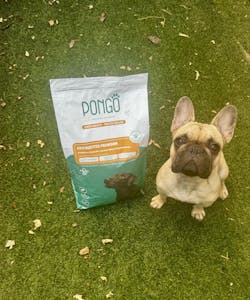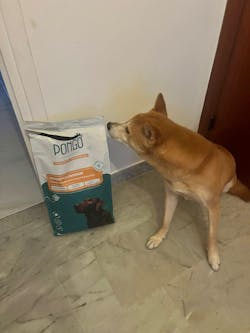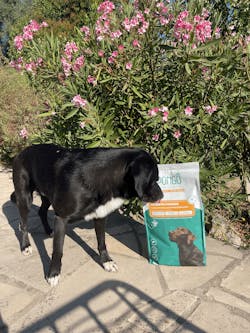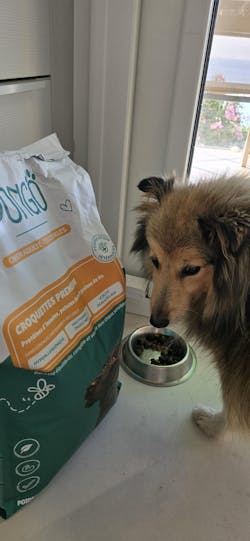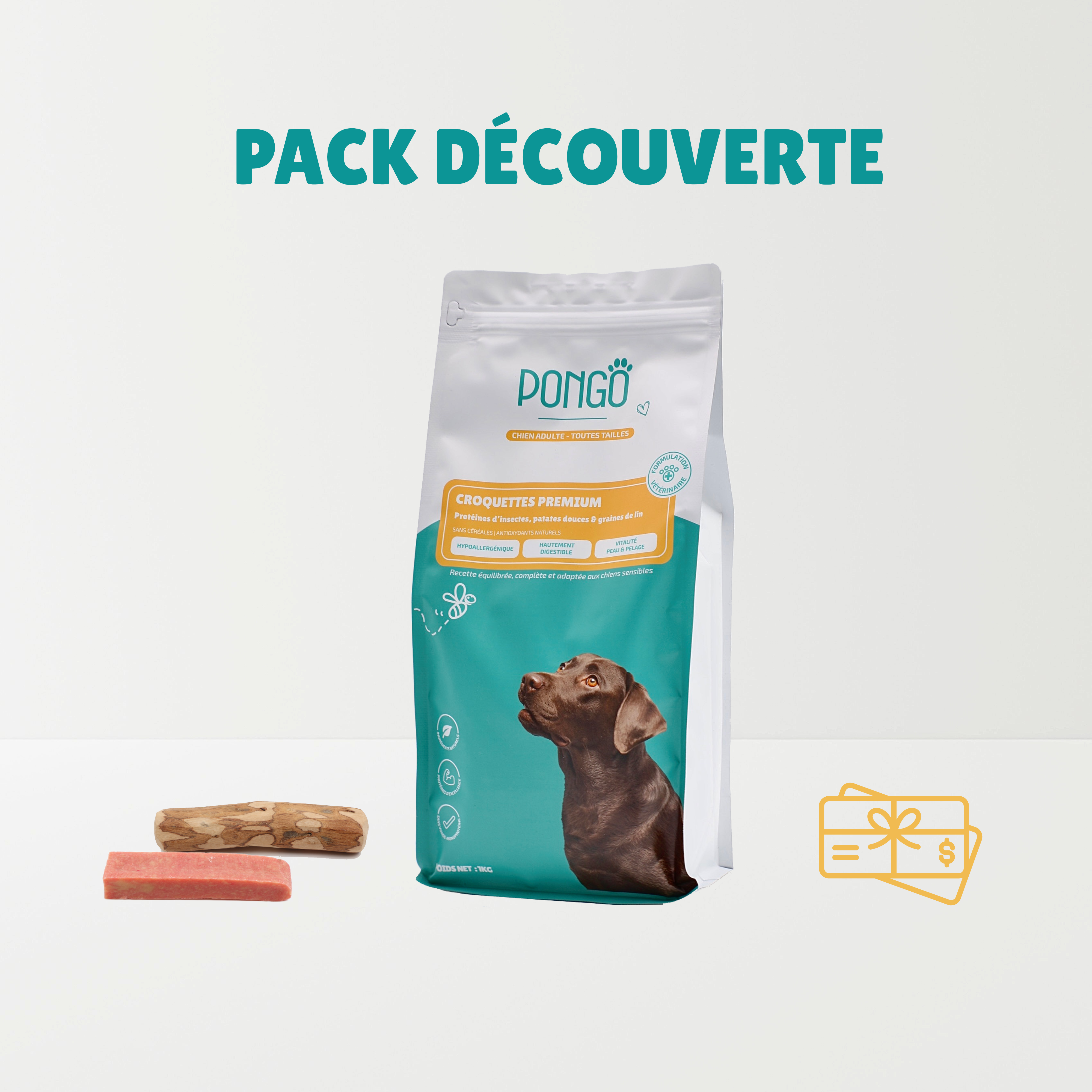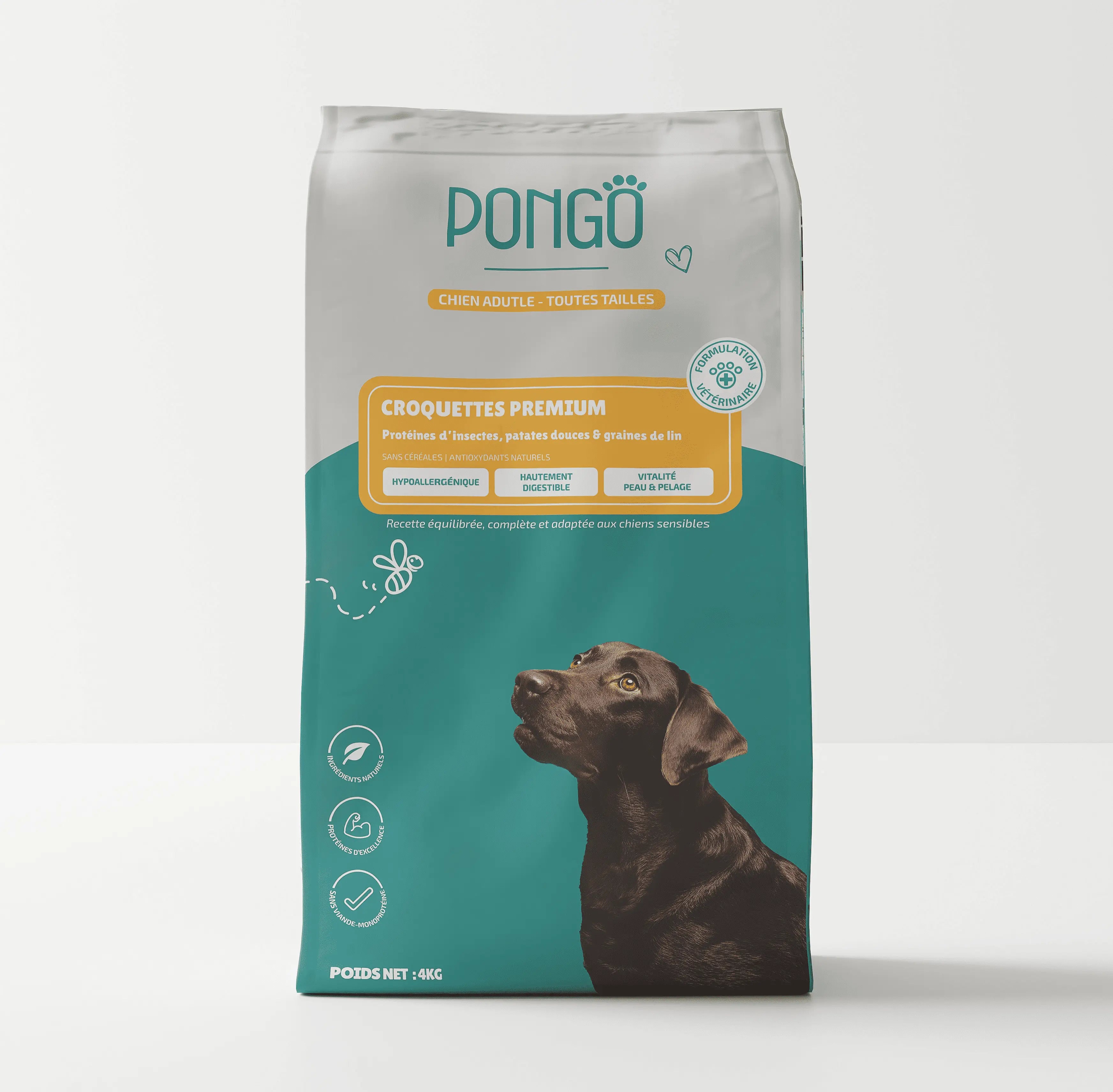What portion size is right for my dog ?
Feeding your dog the right amount of kibble is essential for maintaining their long-term health and well-being.
An appropriate portion depends on several factors, including your dog’s age, size, activity level, and specific needs.
In this article, we’ll explain how to determine the ideal kibble portion for an adult dog, puppy, or senior dog, and how to adjust it based on your dog’s physical activity.
You’ll also learn how to avoid common mistakes that can lead to obesity or malnutrition in dogs.
1) How to Determine the Ideal Kibble Portion for My Dog
A dog’s daily kibble portion varies based on several factors, including:
-
Dog’s weight: Heavier dogs need more food.
-
Dog’s age: The nutritional needs of a puppy, an adult dog, and a senior dog differ. For example, young dogs need kibble rich in protein and calories to support their growth.
-
Activity level: An active dog will require a higher daily intake than a more sedentary one.
-
Specific health conditions: Dogs with food allergies or digestive issues may need a specialized diet (e.g., hypoallergenic kibble).
2) How to Calculate the Right Amount of Kibble to Feed Your Dog
The amount of kibble to feed your dog generally depends on the number of calories contained in the food.
Each brand of dog food provides guidelines on the packaging, but these recommendations can be adjusted based on your dog’s individual needs.
At PONGO, we provide a detailed feeding chart based on your dog’s weight and activity level to help you determine the right amount of kibble.
3) Meal Frequency: How Many Times Should You Feed Your Dog?
It is recommended to divide the daily kibble portion into 2 or 3 meals to prevent overfeeding and to promote better digestion.
This is especially important for puppies and senior dogs, who have more sensitive stomachs.
If your dog tends to eat too quickly, using an automatic feeder or a slow-feeding bowl can help regulate his intake.
4) Adjusting the Portion to Your Dog’s Specific Needs
Some dogs have particular dietary requirements.
If your dog is overweight, has digestive issues, or food allergies, it's essential to consult a veterinarian to adapt the daily portion accordingly.
Specialized kibble such as sensitive digestion formulas or hypoallergenic recipes may be recommended to meet your dog’s unique nutritional needs.
Conclusion
The ideal kibble portion for a healthy dog depends on factors such as weight, age, activity level, and specific health conditions.
By closely monitoring your dog’s physical condition, you can prevent issues like obesity or malnutrition.
Remember: every dog is unique, and regular adjustments to their feeding routine will help maintain their health and overall well-being.
Discover our grain-free insect-based kibble

Visit here for more information



